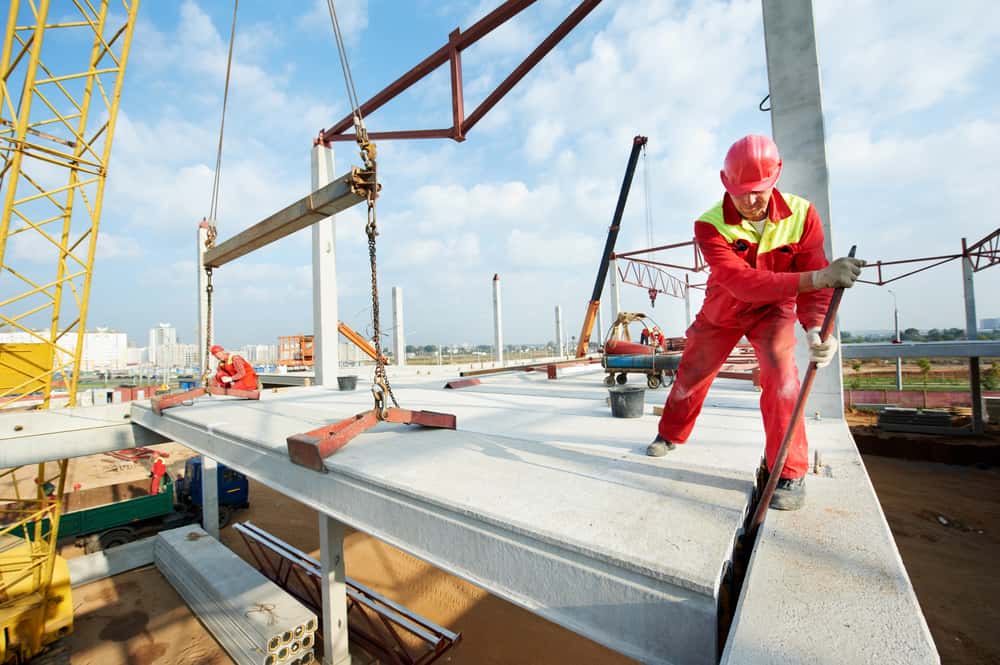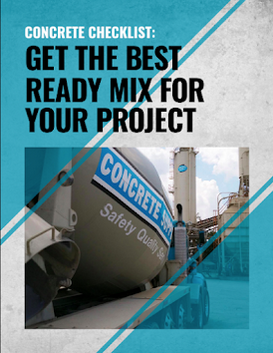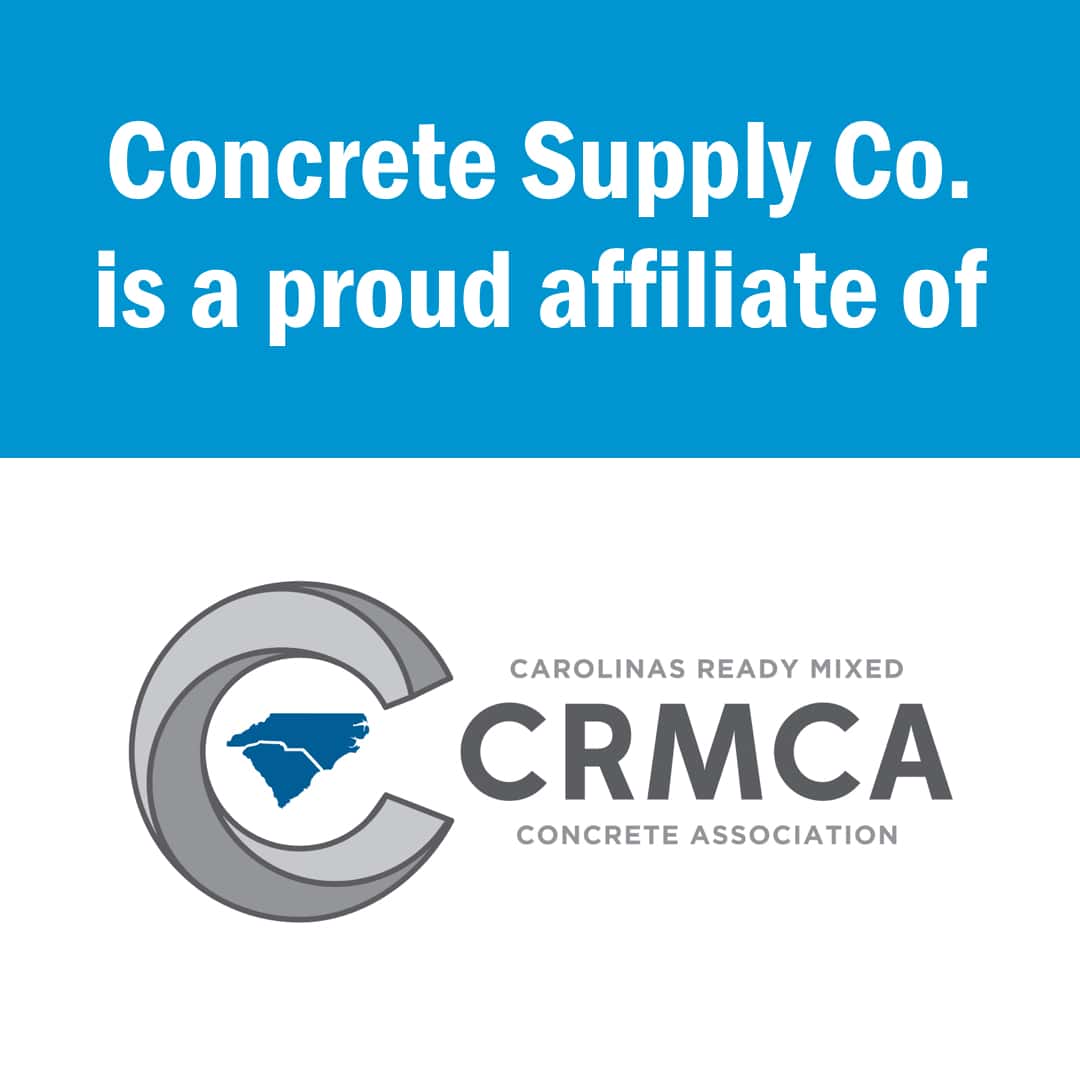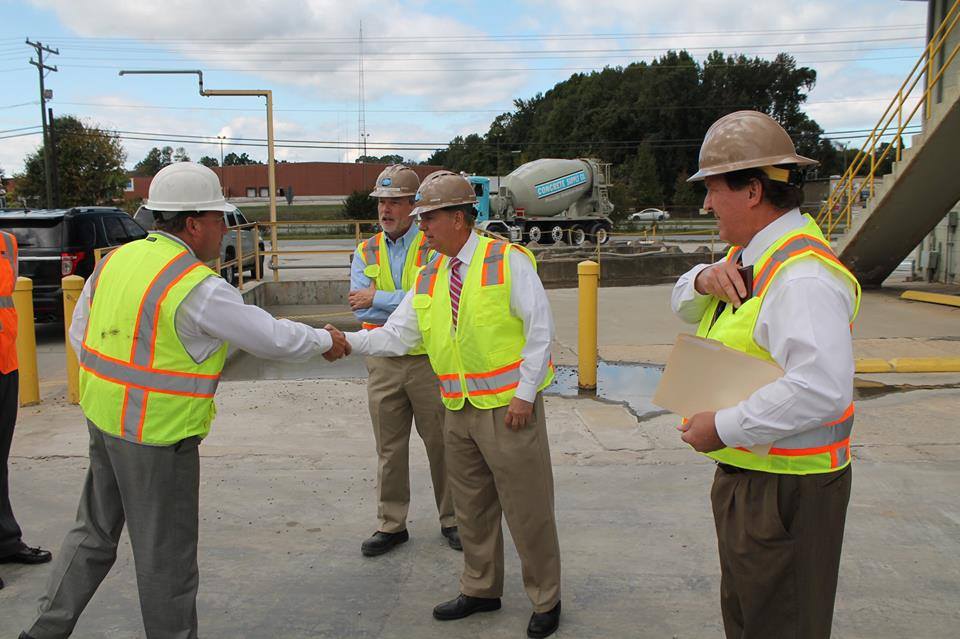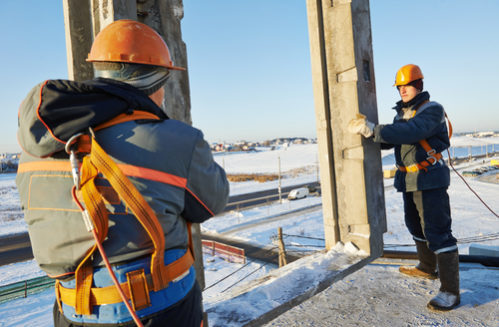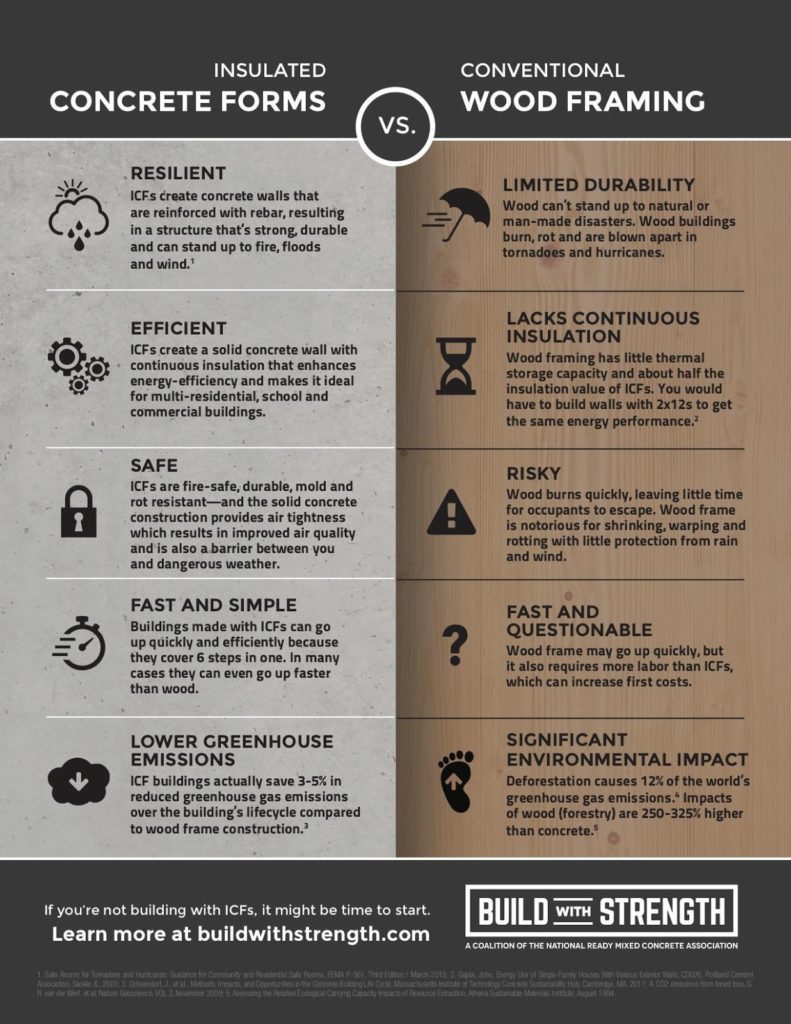Concrete Supply acquires Charleston based ready mix company
Concrete Supply Acquires Wando RediMix
On November 20, 2019, Concrete Supply acquired the operating assets of Wando RediMix located in Charleston, SC from OL Thompson Group. With this acquisition, Concrete Supply will now be able to serve the Greater Charleston area more efficiently with locations in Charleston, North Charleston, Moncks Corner and Summerville.
Concrete Supply was established in 1958 and has steadily expanded its market reach throughout the Carolinas by providing premier ready mix concrete and superior service to its customers. To find a Concrete Supply Co. location near you click here.




